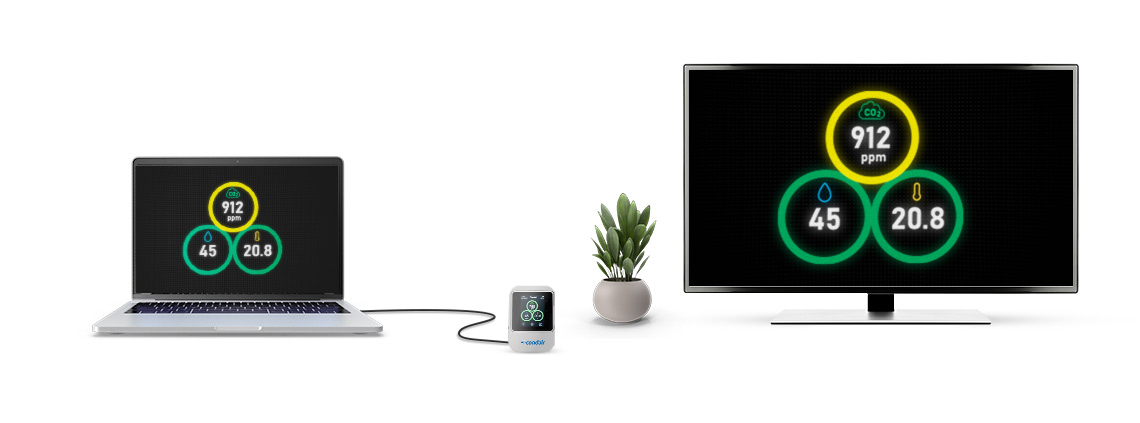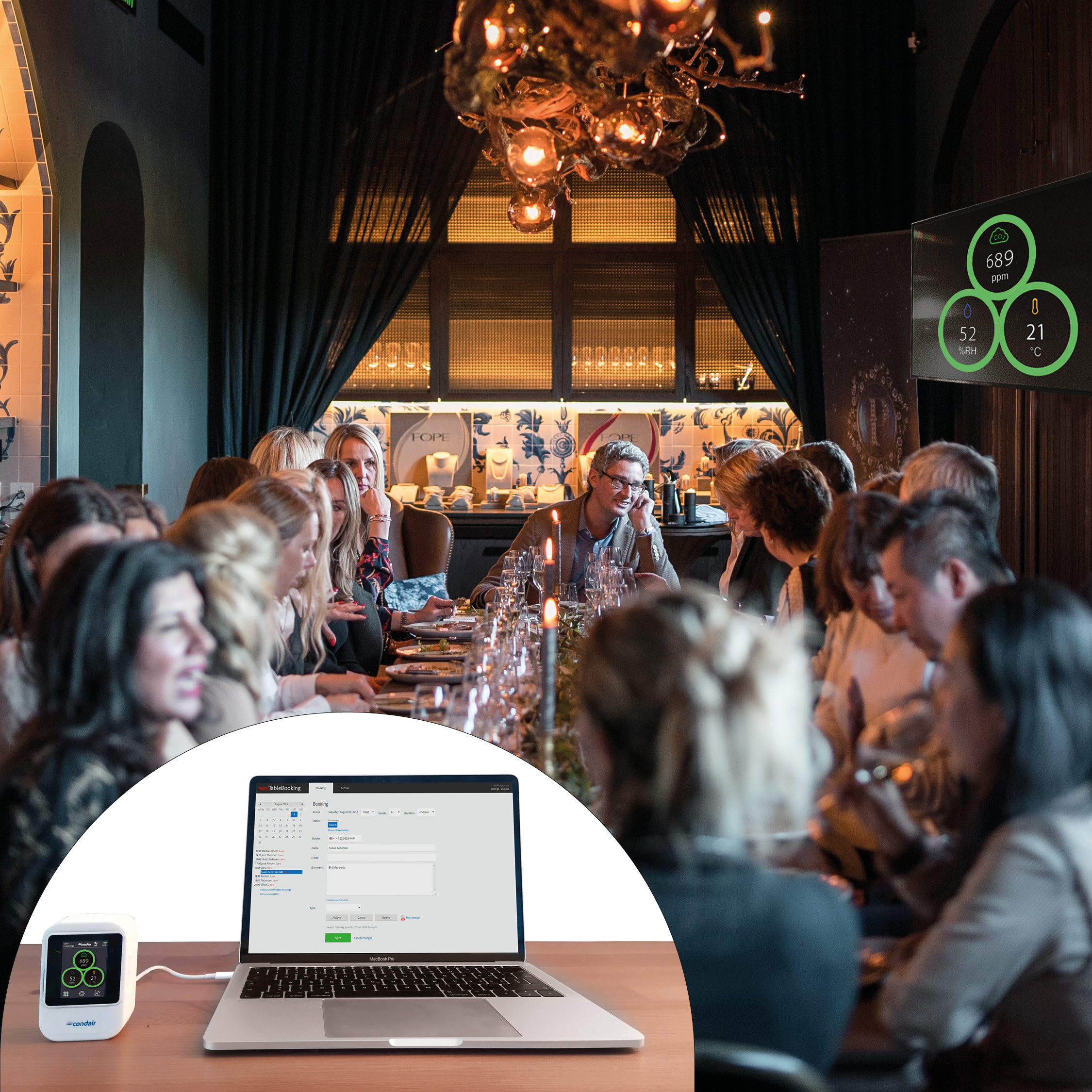

Genaue Messungen dank hochqualitativer
Sensirion-Sensoren
Touchscreen und klare Ampelfarben
Kann an einen PC angeschlossen werden, für grössere Live-Darstellung auf einem externen Bildschirm
Messwerte ersichtlich über einen 4 Std. Zeitraum
Klein, robust und zuverlässig
Aufladbare Batterie für 4-5 Std. Betrieb
USB-Anschluss für Batterieaufladen und Datenübertragung
Eine Schweizer Innovation
Entdecken Sie weitere spannende Optionen und Tipps - nutzen Sie Ihren Condair Cube optimal!
- Darstellung auf Grossbildschirm
- SD-Karte
- Batterielebensdauer erstrecken
- Längeres USB-Ladekabel